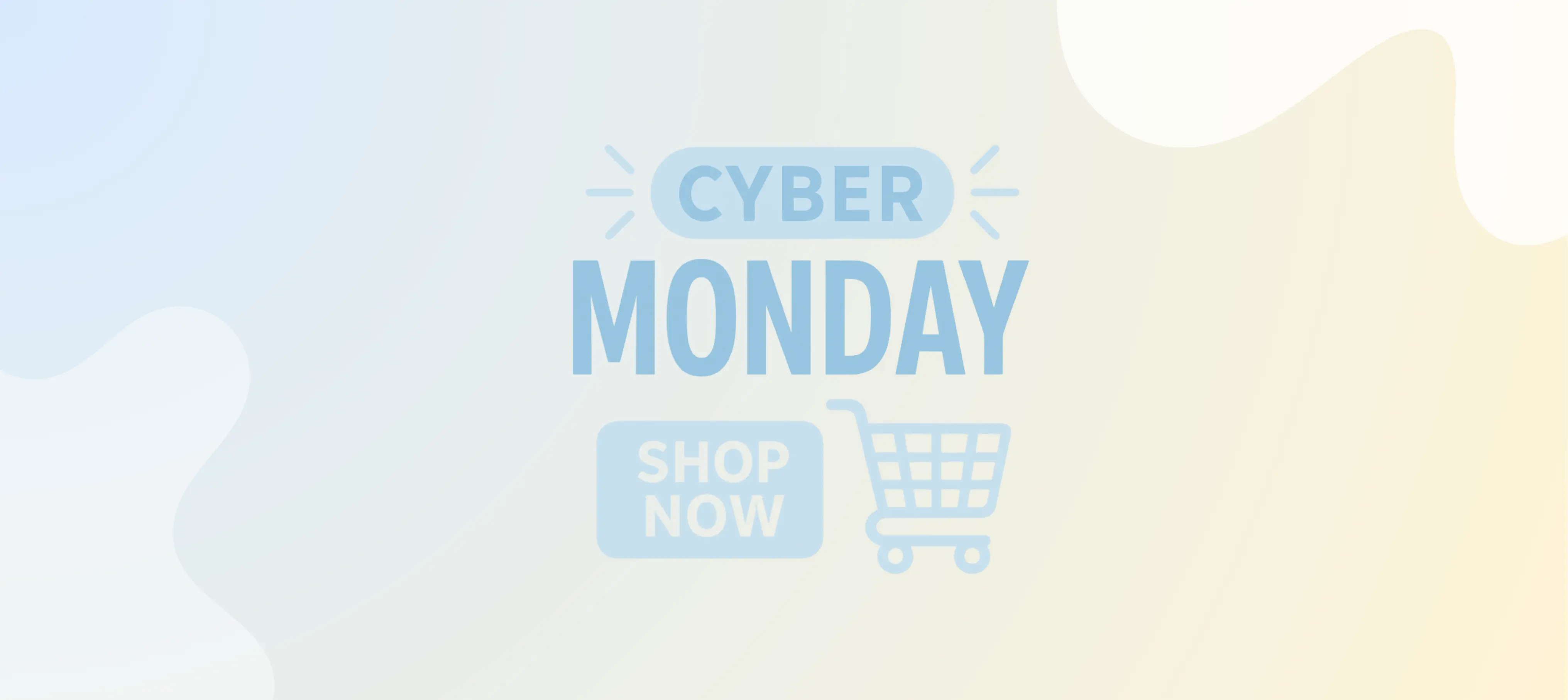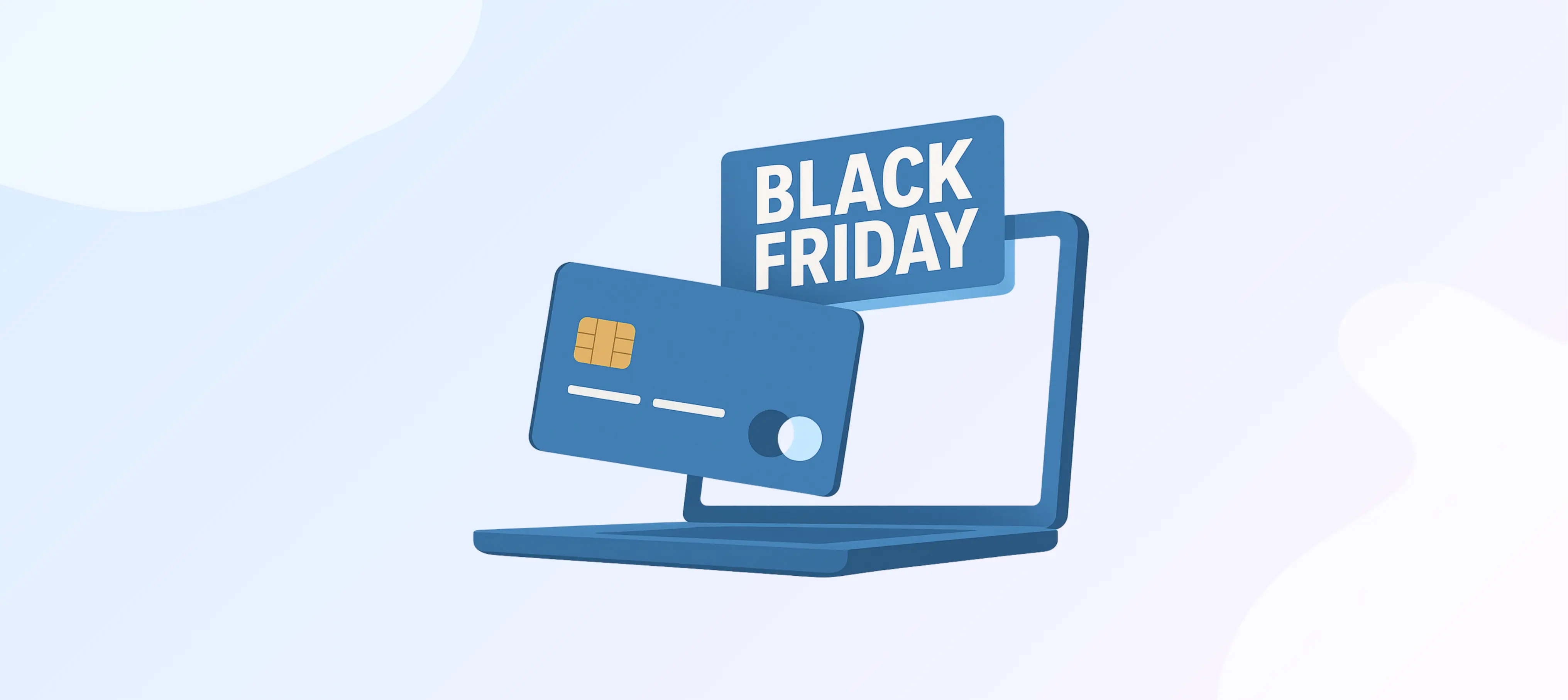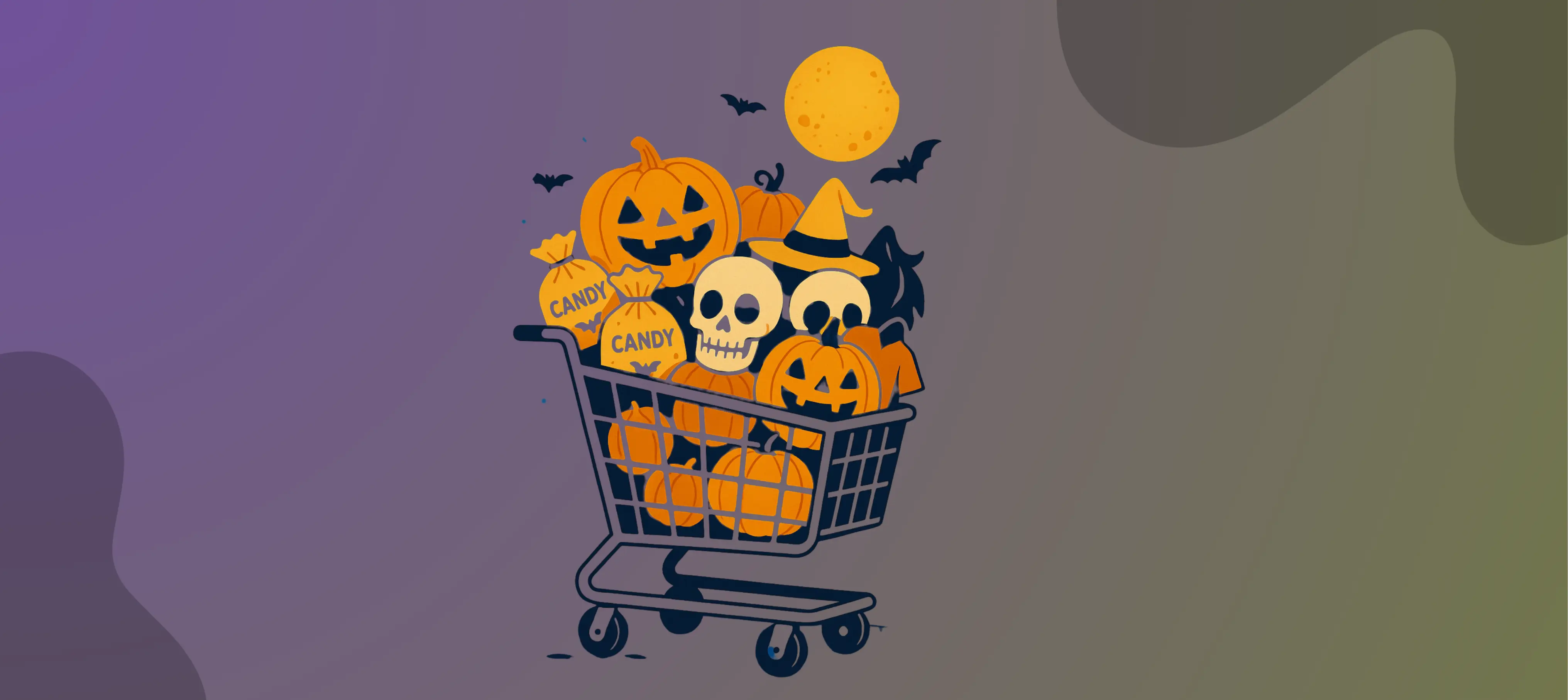Checkout is broken. Long lines, glitchy terminals, forgotten passwords, and cart abandonments are still far too common — even in 2025. For consumers, it’s frustrating. For businesses, it’s expensive.
Enter invisible payments — the fintech solution that’s not just faster, but practically invisible. No swiping, no tapping, no confirmation screens. Just a seamless, frictionless transaction that happens in the background, almost like it never happened at all (except your balance says otherwise).
What Are Invisible Payments?
Invisible payments refer to frictionless transactions that happen automatically—no tapping, swiping, or even conscious confirmation. Imagine stepping out of an Uber without pulling out your wallet — that’s invisible payment in action. These systems are designed to remove friction and create a seamless user experience that feels more like magic than money movement.
Why Are Invisible Payments Booming Now?
Several trends are converging to make invisible transactions the next big leap in payment technology:
-
Consumer expectations: Shoppers want speed and convenience. In fact, 87% of consumers say a smooth checkout experience influences their decision to return to a brand (Baymard Institute).
-
Mobile-first habits: With smartphone usage topping 4.88 billion globally (Statista, 2024), background billing and in-app purchases are now the default.
-
API-first ecosystems: Thanks to payments-as-a-service and open banking, companies can embed payment capabilities directly into digital user flows.
-
Biometric authentication & tokenization: Face ID, fingerprint scans, and secure tokens are making it safer to skip the manual checkout altogether.
Where Are Invisible Payments Already Happening?
Invisible payments are gaining traction across several industries:
1. Retail & Hospitality
-
Amazon Go lets customers "just walk out" — no lines, no cashiers, no checkout.
-
Hotels like Marriott are adopting contactless check-in/out, charging your card automatically upon departure.
2. Transportation
-
From Uber and Lyft to scooter rentals and smart gas pumps, rides and refuels are now paid for in-app, instantly.
3. Subscription Services
-
Platforms like Netflix, Spotify, and HelloFresh thrive on invisible recurring billing, creating a “set-it-and-forget-it” experience.
4. Restaurants
-
With QR code menus and table-ordering apps, your meal can be paid for before you even finish your appetizer. No split check drama needed.
Why Businesses Love It
The benefits of invisible payments go beyond convenience — they unlock real business value:
-
Faster checkouts = lower cart abandonment (Baymard puts the average abandonment rate at 69.99%)
-
More data = better personalization
-
Fewer POS systems = lower operational costs
-
Streamlined UX = higher customer satisfaction and loyalty
But Let’s Not Get Too Invisible
Going invisible doesn’t mean going unchecked. Key risks include:
-
Transparency: Customers still want to know what they’re being charged for. Clear digital receipts and charge breakdowns are a must.
-
Security: Tokenization, 3D Secure, and biometrics are essential to secure invisible payments.
-
Compliance: In Europe, SCA (Strong Customer Authentication) is required under PSD2 — and more markets may follow.
What’s Next for Invisible Payments?
As embedded finance and smart technology evolve, invisible payments will become even more... well, invisible:
-
Smart cars will pay tolls, parking fees, and even drive-thru meals without a driver lifting a finger.
-
IoT devices like your fridge could reorder and pay for groceries when you're running low.
-
AR/VR environments will integrate in-experience payments, so your avatar can buy those digital sneakers without breaking immersion.
Invisible payments aren’t just a feature — they’re the future. They reflect a larger shift in fintech innovation: taking the friction out of finance and putting user experience front and center.
The takeaway? The best payment experience is the one your customer doesn’t even notice.
.


 Back to all articles
Back to all articles




 Free Demo with Chris
Free Demo with Chris

